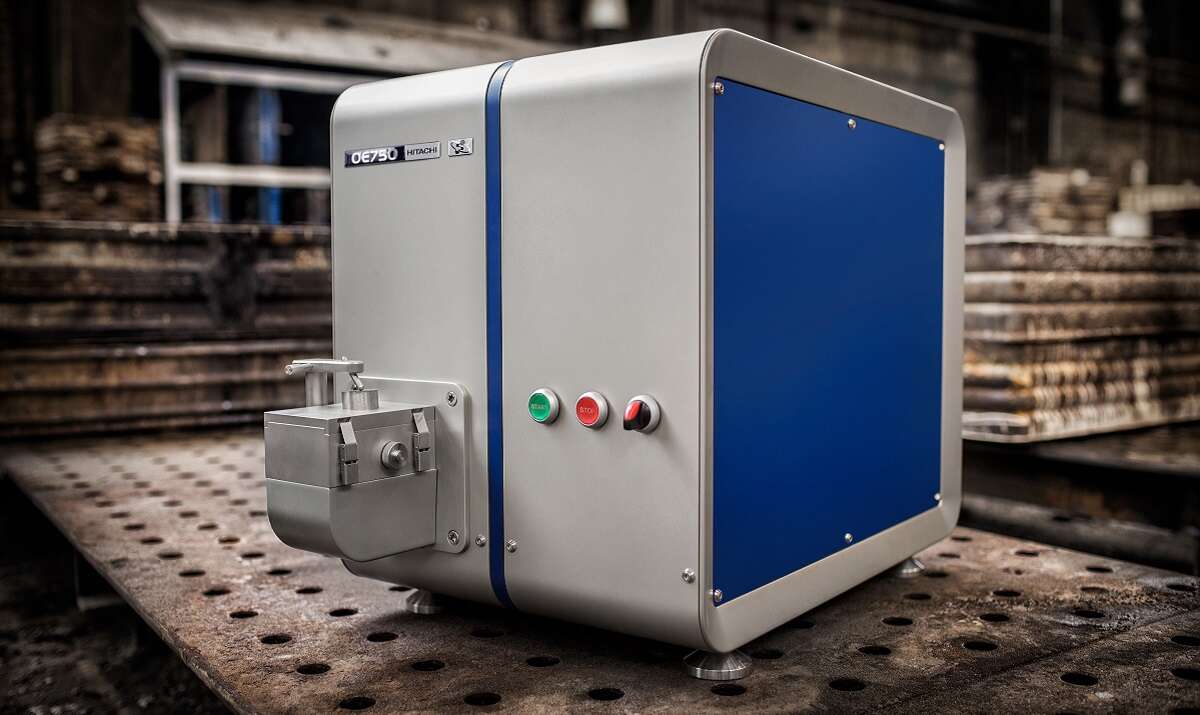Indium is a post-transition metal of vital importance to the manufacture of electrical components such as rectifiers, thermistors and photoconductors was only discovered just over 150 years ago. And yet some reports suggest that in little as five years, we’ll run out of it. This is one example. Similarly, reports suggest that we are running out molybdenum and zinc in the next 70 to 100 years.
With the increase of scrap metal as a base material on the rise, it throws in a new challenge; additives. As recycled metal is re-melted multiple times, additives start to accumulate. We all know that additives in metal aren’t great news and controlling tramp and trace elements in the lowest ppm range is the answer.
Whilst recycling scrap metal is a more environmentally friendly practice than extracting, processing and refining raw materials ready for use, it’s not without its challenges.
Even very small amounts of additives or tramp elements can cause serious issues later down the line and dramatically alter the quality and usability of metal. For example, boron is intentionally added to steel to significantly increase its hardness and reduce its susceptibility to distortion when undergoing heat treatment, making it a commonly used component in the automotive and construction industries. However, an excessive amount of boron can decrease toughness, cause embrittlement and produce hot shortness.
Similarly, the effect of nitrogen on steel properties can be positive or negative depending on a number of other factors, such as the other alloying elements present and the required behavior of the steel product. Like boron, nitrogen increases the hardness of steel. In high enough quantities, however, it can lead to poor formability.
For some elements like copper and tin, it’s mandatory to avoid them getting into the melt during the steel making process. This is because their boiling point is far higher than temperatures reached during cooking steel (copper at 2562C and tin at 2602C while the melt is at around 1600C degrees). This means that if those elements are within the melt, the melt is not usable as the elements will remain there.
In order to create high-quality, reliable products in which the materials behave as expected, it’s crucial for to control and measure tramp and trace elements in incoming raw materials - something that is only achievable with the right equipment.

The World Bank projects that demand for the key minerals needed for green technologies could jump 1,000% or more under scenarios with aggressive action to accelerate green energy deployment. That kind of overnight growth in demand won’t be easily met by the world’s mines, particularly as it takes 10 years just to obtain the necessary permit to bring a mine into production.
As mineral reliance spirals out of control, there will be even more pressure on scrapyards to reach even lower ppm levels. This in turn puts more pressure on manufacturers to verify the raw material coming in – does it really meet specification? The push of a button could be your answer.
With an increasing number of companies turning to scrap as a base material, accurate analysis is arguably now more important than ever, and tramp and trace elements must be controlled in the lowest ppm range. Traditionally, high priced stationary OES analyzers have been commonly used for this typical application requirement. That’s now changed thanks to the introduction of the stationary OE750 from Hitachi High-Tech.
Offering superior performance and incredible efficiency, our new OE750 offers a ground-breaking combination of latest technologies. Covering almost the complete spectrum of elements in metal*, it also offers some of the lowest detection limits. This brand-new spark spectrometer allows you to analyze all main alloying elements and identify low levels of tramp, trace and treatment elements in metals, such as nitrogen in steel.
Fast measurement times, high reliability and low operating costs mean the OE750 is invaluable for everyday analysis and total quality control, with performance on a par with larger and more expensive spectrometers.
For fast, comprehensive metals quality analysis in a single affordable instrument, the OE750 from Hitachi High-Tech delivers almost everything you need.
With over 45 years working with scrapyards, our laser and X-ray analyzers have been designed and built for the harsh environments of scrapyards. So, if you’re after a handheld, we’ve got you covered too.
Find out more
To read more about the impact increased competition has had upon the quality of metals and the impact of materials on the environment, download our guide.
*Depending on the application, for further details request our application reports.
